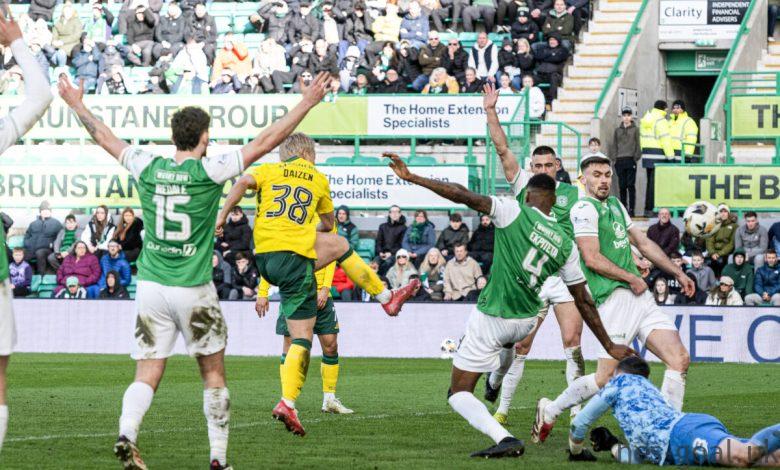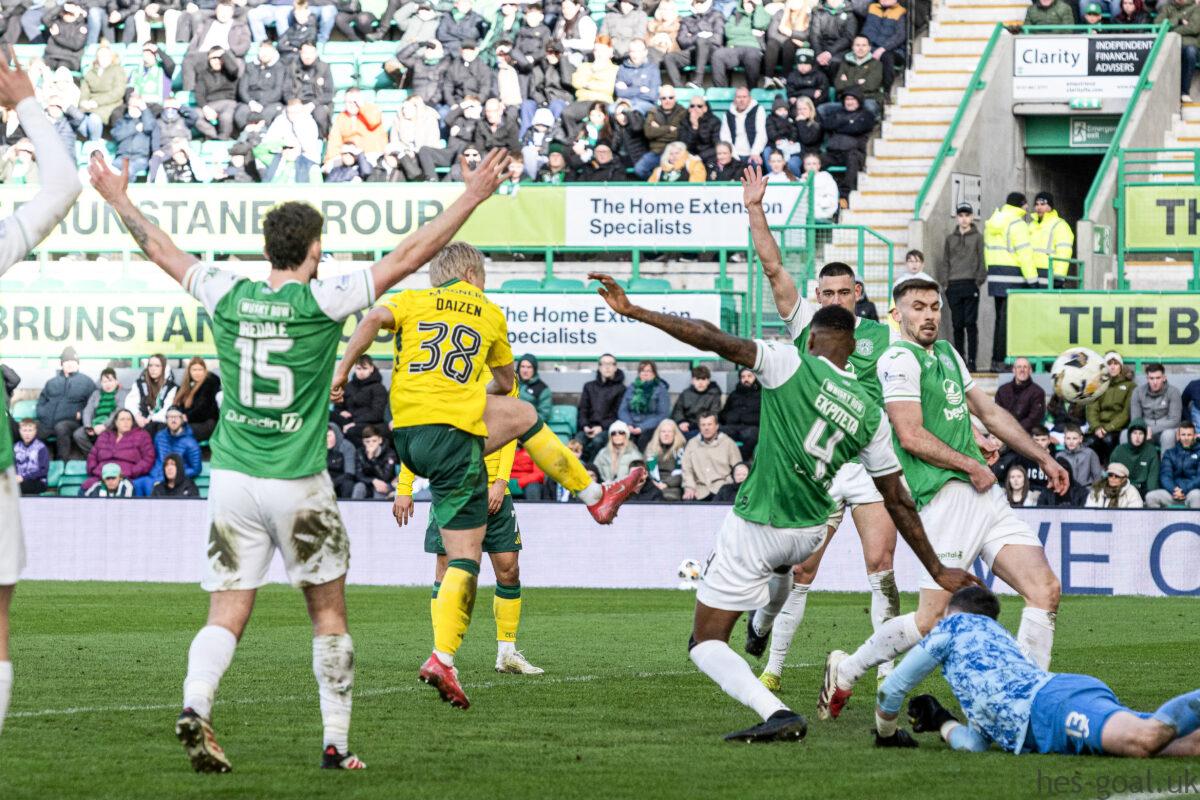
Here is the content rewritten in English, with enhanced keyword placement, related long-tail keywords and synonyms, structured formatting, and a natural, engaging tone:

Today at 20:13
The SFA’s Key Match Incident (KMI) panel have “overwhelmingly determined” that Daizen Maeda’s equalizing goal for Celtic in the 2-1 loss to Hibernian should have been allowed to stand. This decision raises more questions than answers.
The Contentious VAR Decision
We discussed this decision on our podcast last Sunday evening, and the fact that the KMI panel stated it should have stood is quite remarkable. The decision-making process used to disallow the Celtic goal was questionable, to say the least.
The Issues with the VAR Intervention
- It is not the Video Assistant Referee’s (VAR) job to overrule both the linesman and the referee’s decision, as both had initially ruled it as a goal.
- The VAR in Scotland appears to be the Video Referee (VR), and the match officials on the pitch are treated as his assistants.
- Alan Muir’s intervention was illegitimate because he did not have the necessary technology, such as Hawkeye, to definitively determine whether the ball had fully crossed the line.
- Therefore, the referee and linesman’s original decision to award the goal should have been the determining factor, as they were best positioned to make that call.
- Alan Muir did not have access to the technology required to clearly see whether the ball had fully crossed the line or not.
Muir’s Questionable Decision
All the above factors suggest that Alan Muir took it upon himself to disallow the second goal, not because he had a definitive reason to do so, but because he wanted to disallow it.
If Muir has nothing to hide, the SFA should release the audio of the incident to Celtic to clarify the thought process behind his decision. Celtic should also seek clarification on who has the final say when it comes to decision-making, as the on-field referee is typically the one in charge.
For example, when a serious foul occurs, the VAR calls the referee to the monitor to make the final call on whether it was a red card offense. The same applies when the VAR sees a possible penalty – the final decision lies with the on-field referee.
Therefore, if Alan Muir thought the ball was out of play, he should have called the on-field referee, Steven McLean, to view the same footage he was looking at, however limited it was. McLean could then have decided that he could not make a definite call based on the footage, and allowed the goal to stand, as per his original on-field decision.
Questions Celtic Should Be Asking
These are the questions Celtic should be asking, and demanding answers to. The fact that the KMI panel determined that Celtic’s second goal should have stood presents more questions than answers, with the main one being Muir’s decision to disallow what has now been proven to be a perfectly legitimate goal.
I’m sure Celtic will be seeking answers to all of these questions, as this was no mere blunder, but a blatant decision to deny Celtic a legitimate goal.
Call to Action: Stay tuned for further updates on this situation, as Celtic’s pursuit of answers and potential actions will be closely followed.



